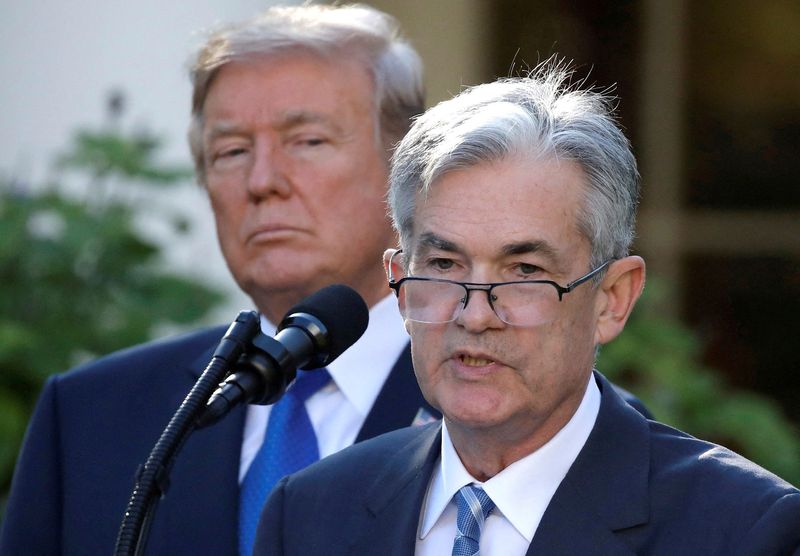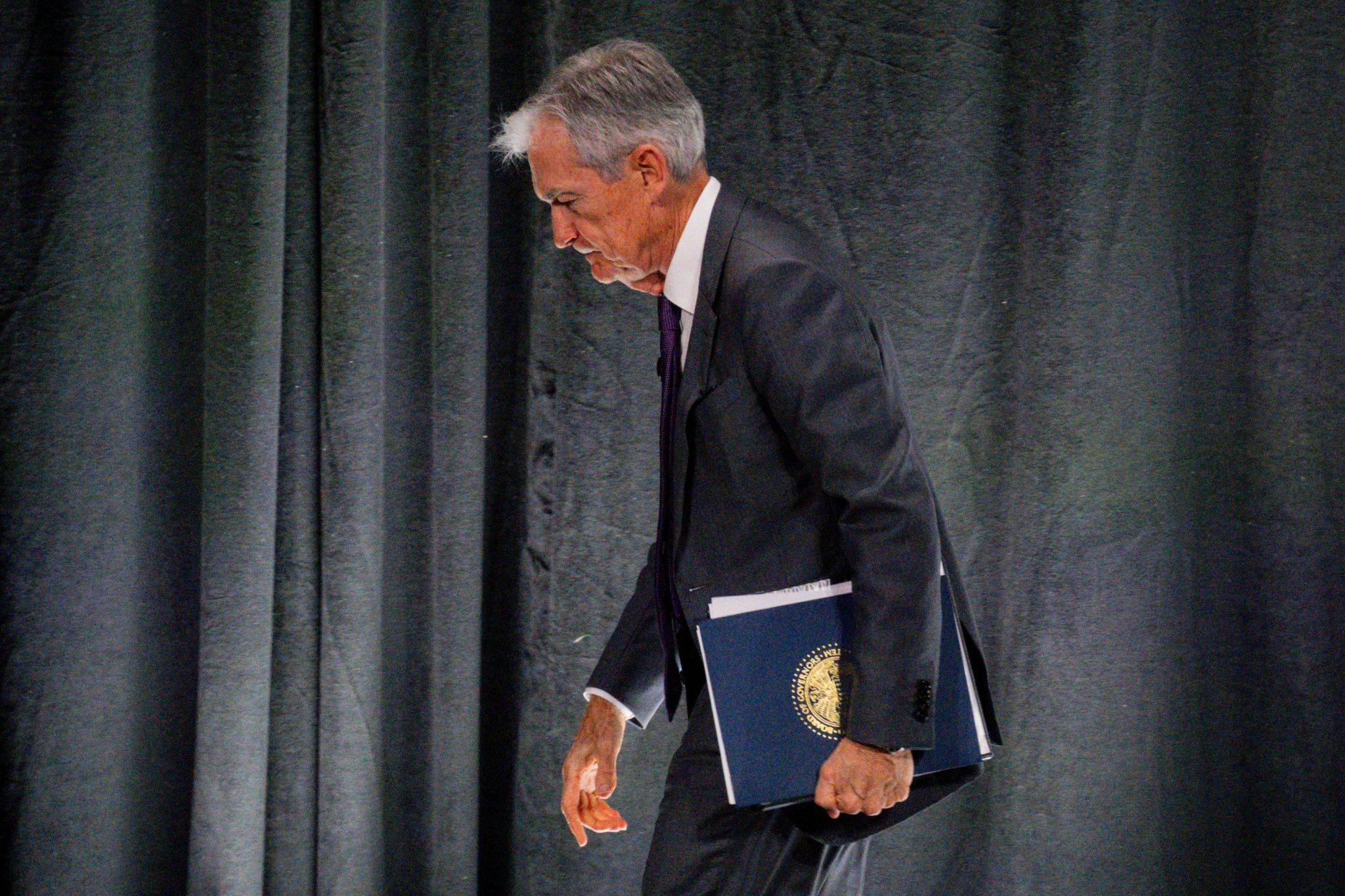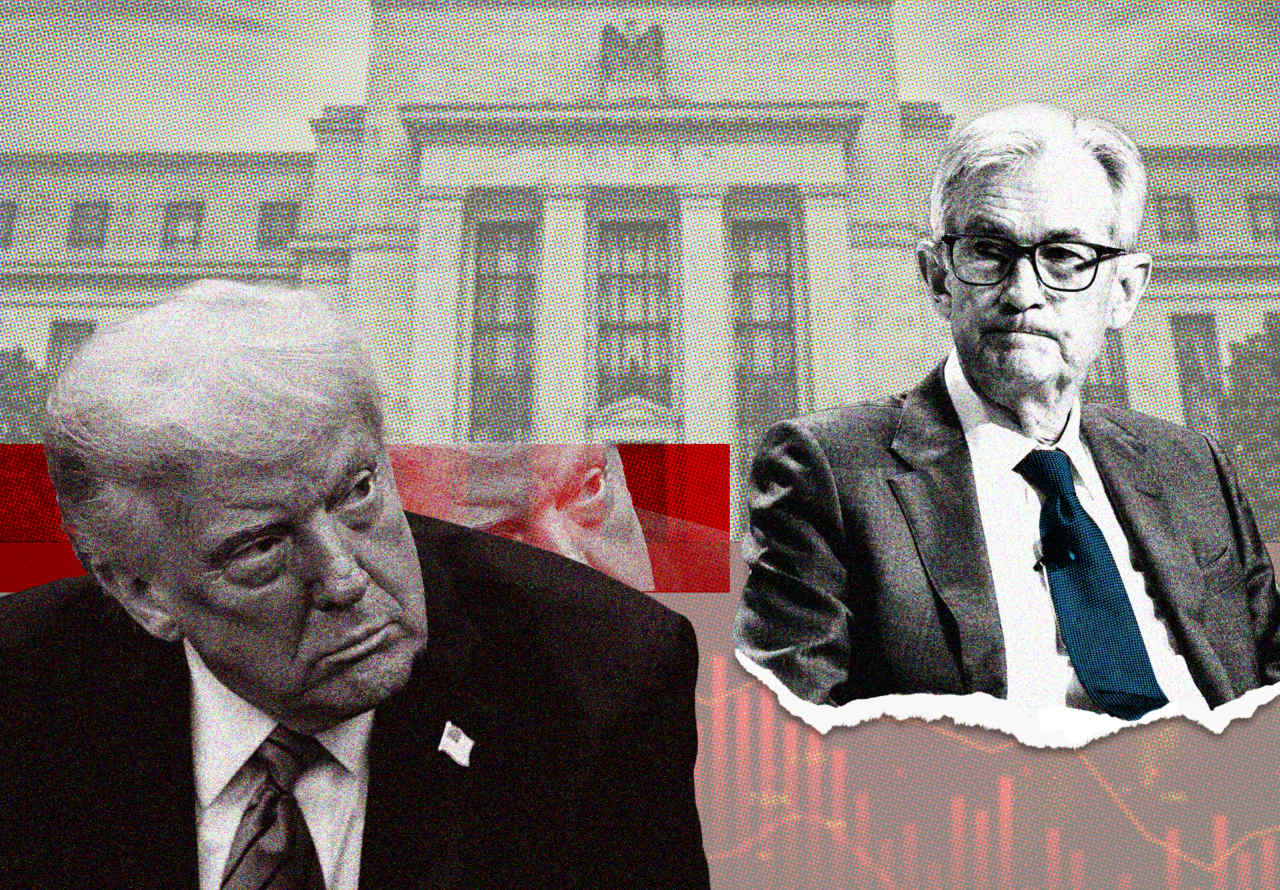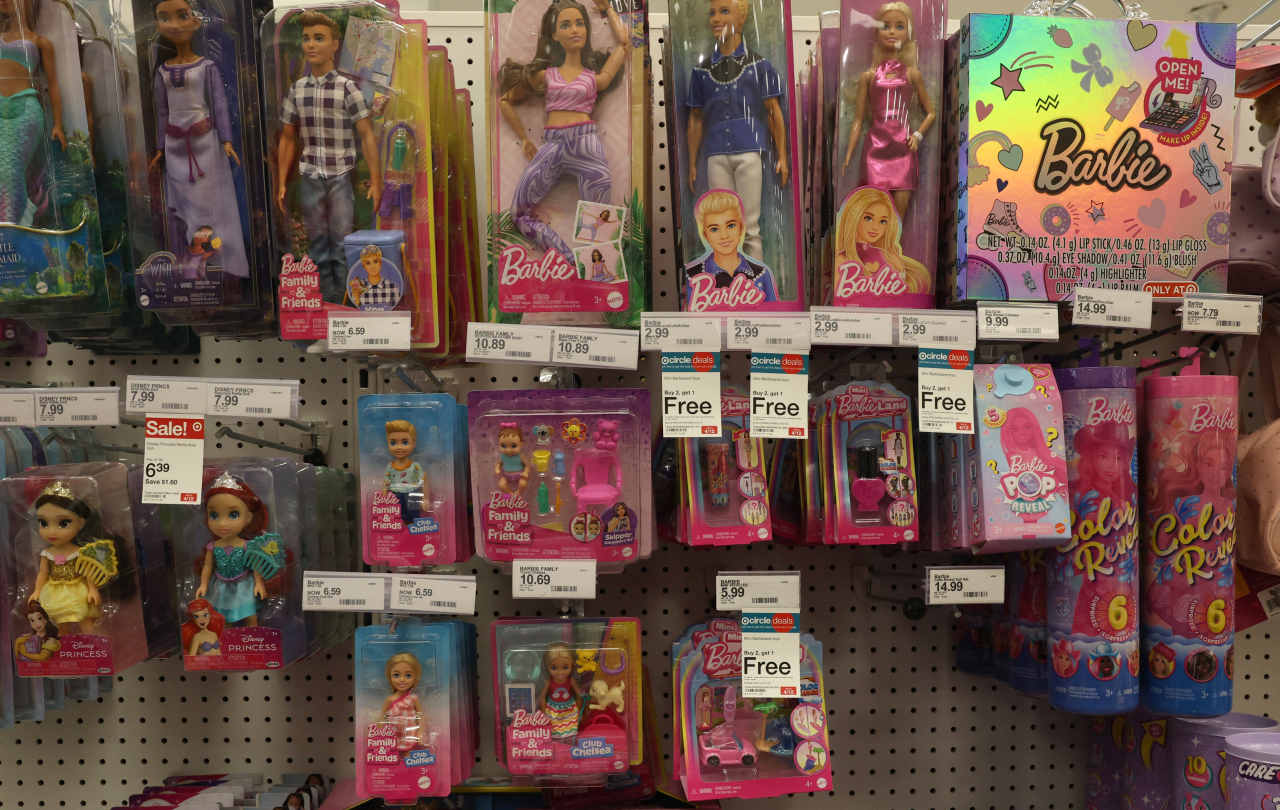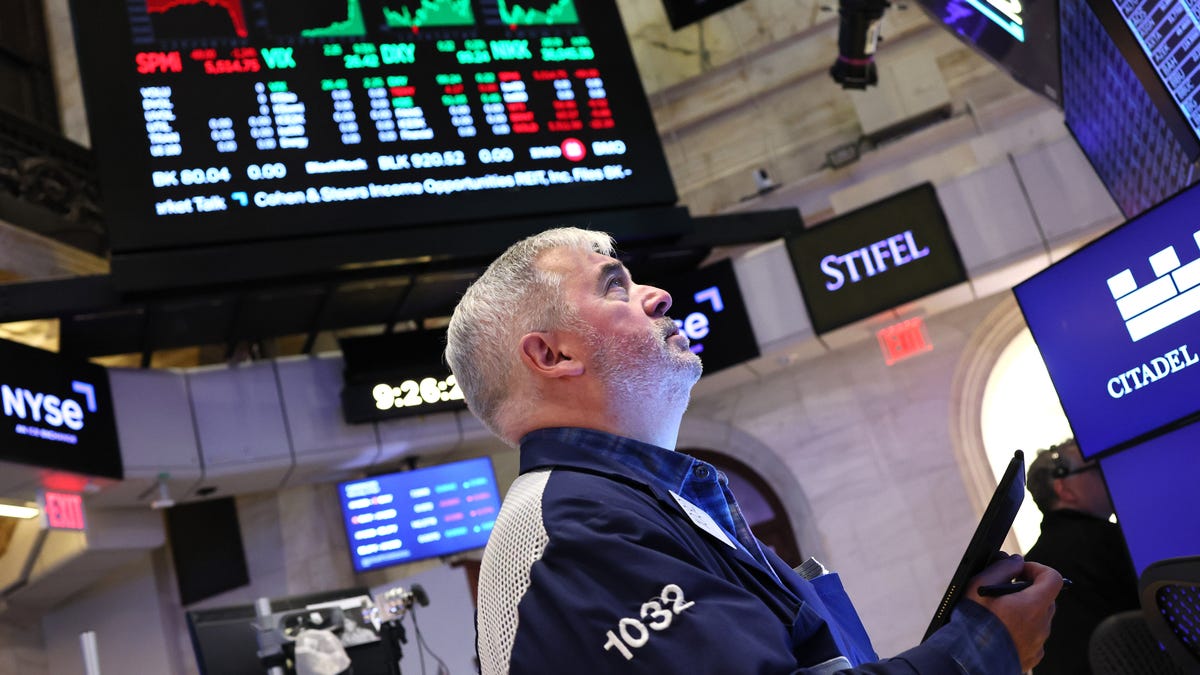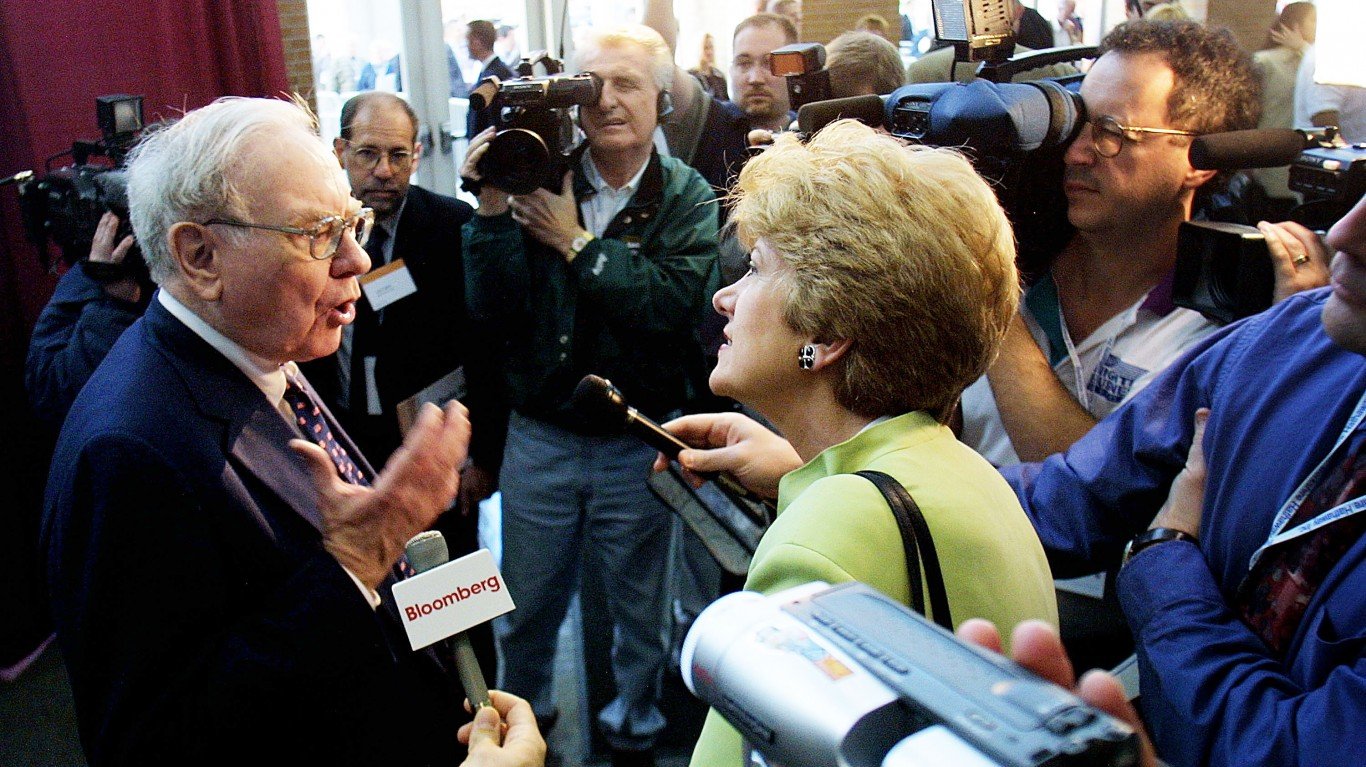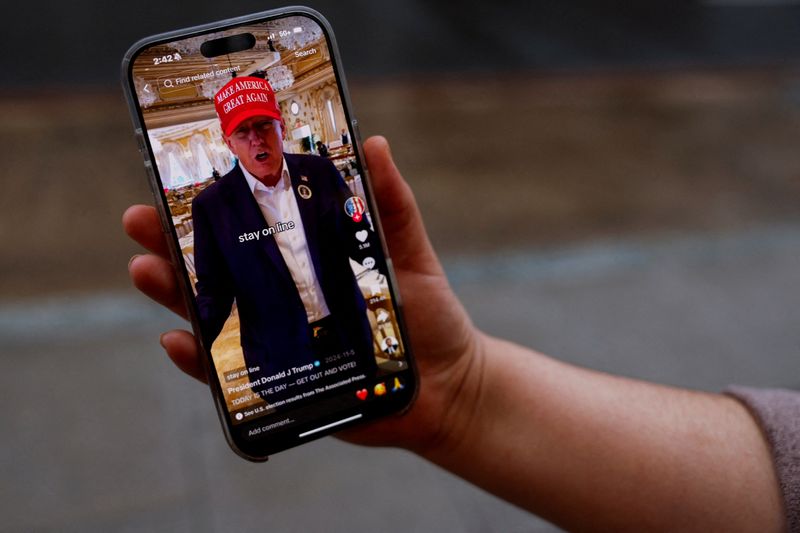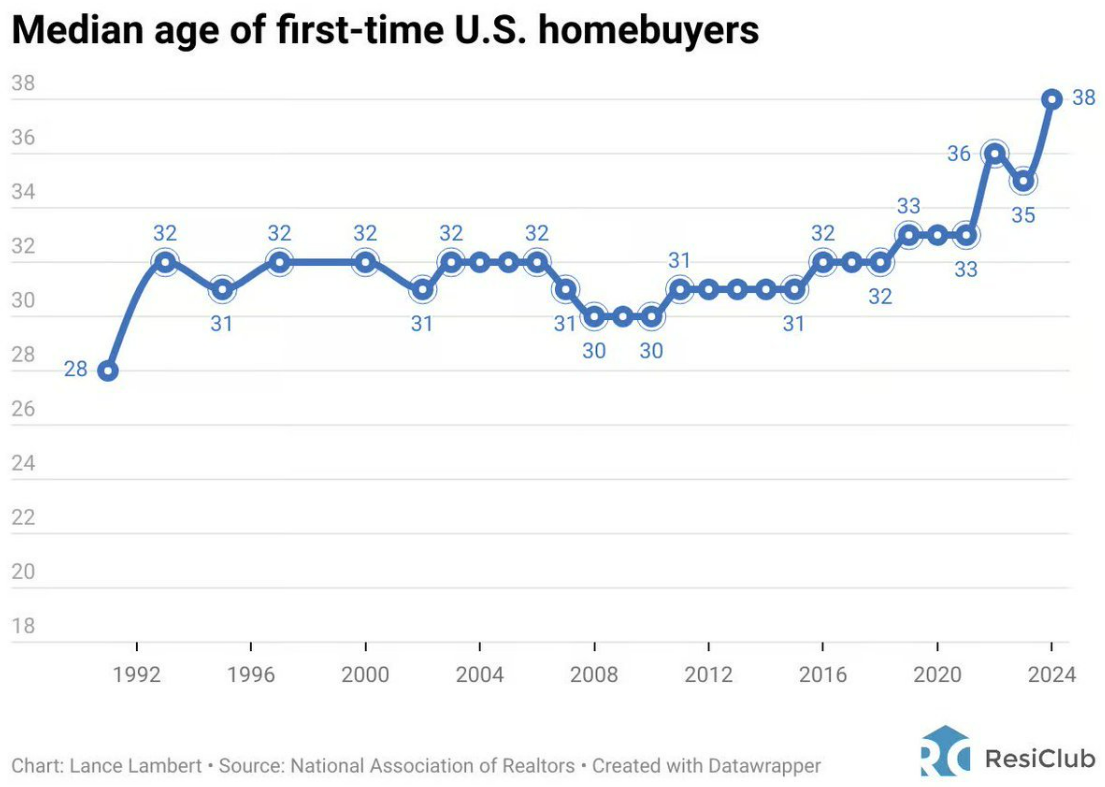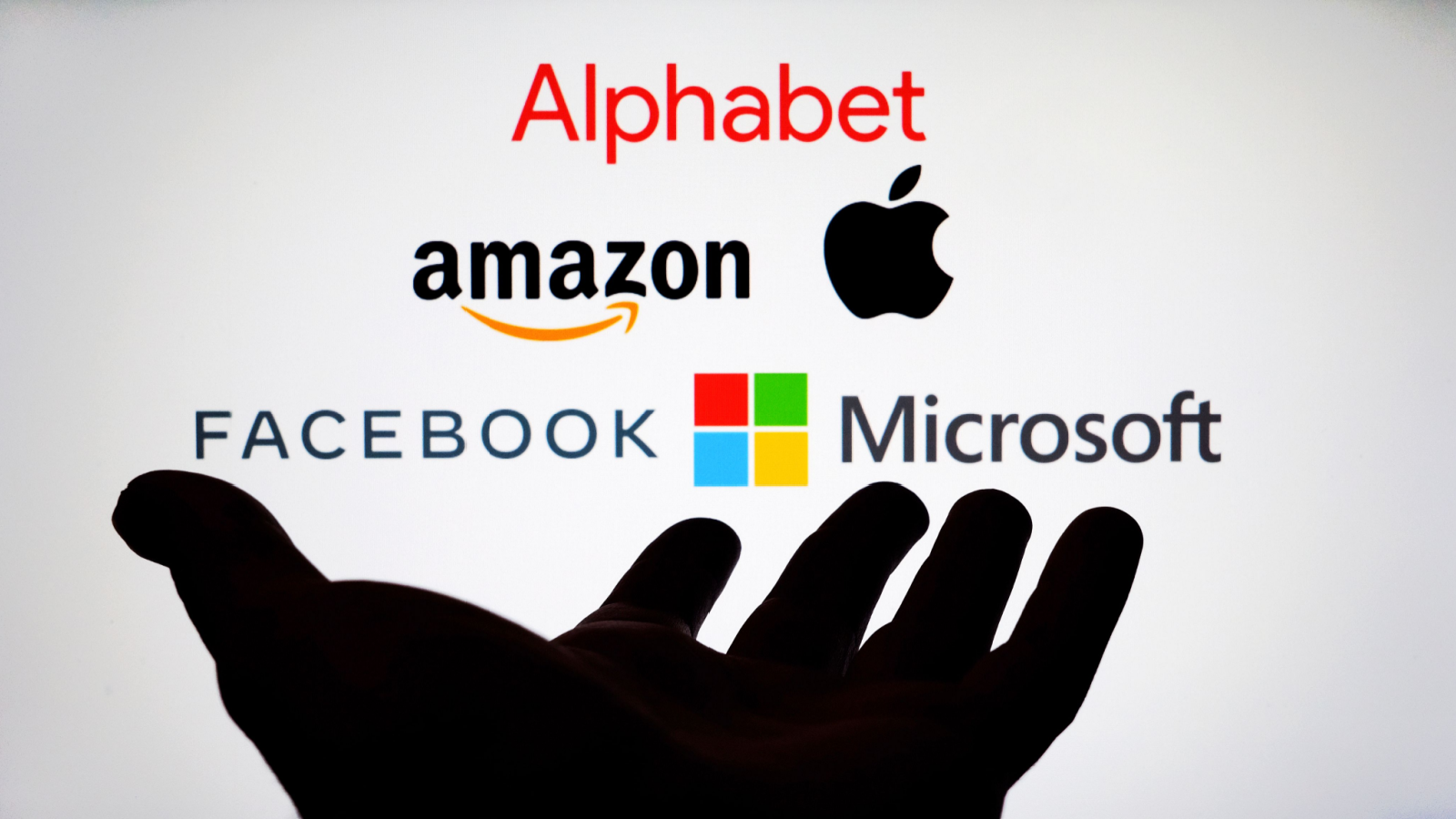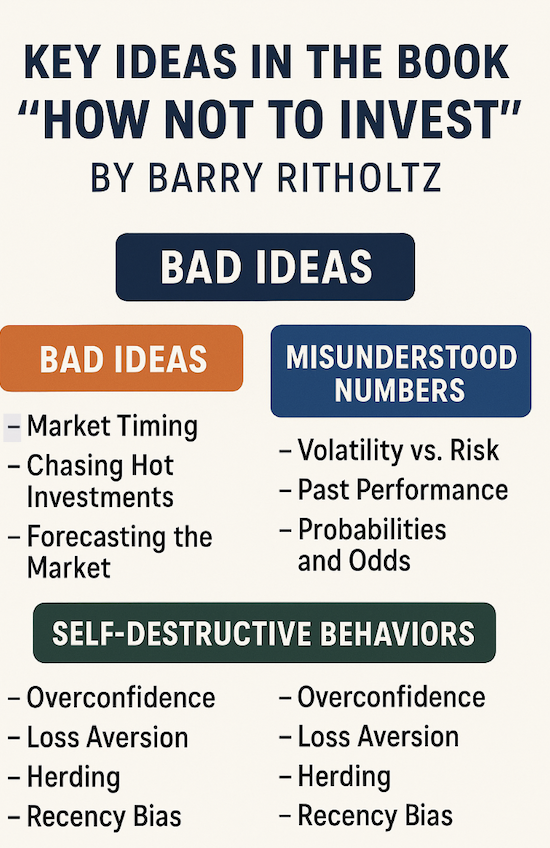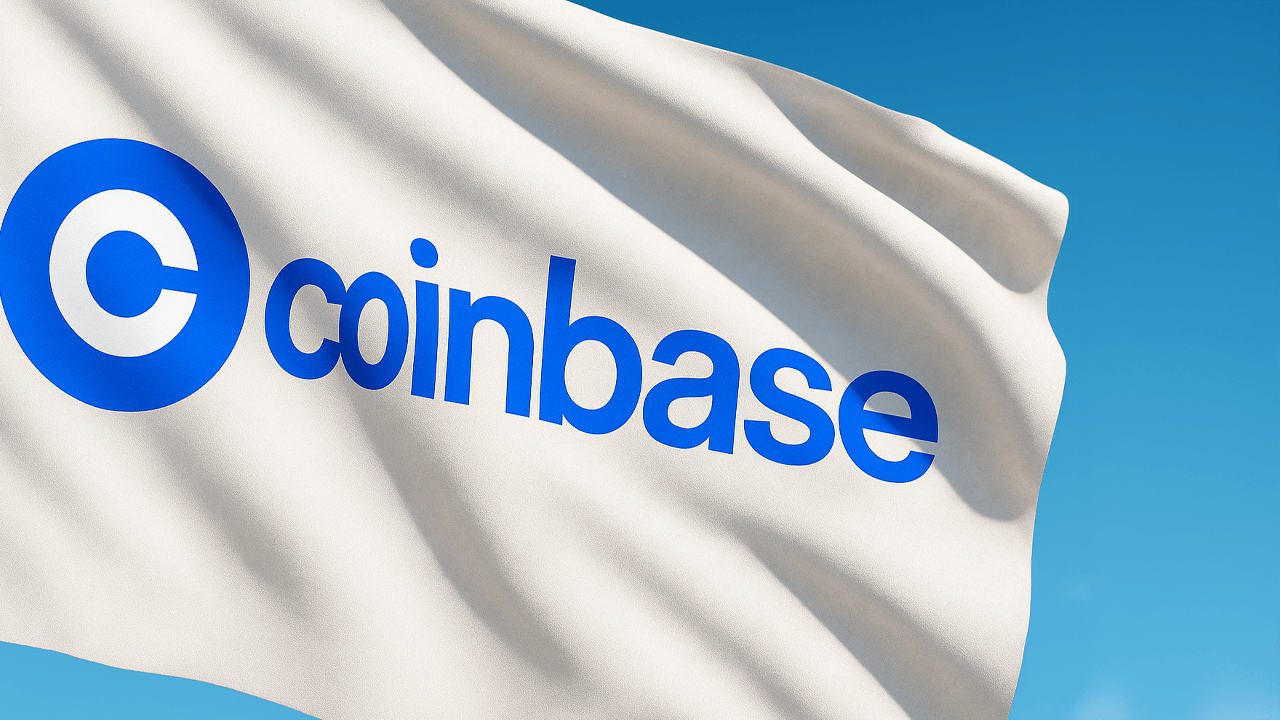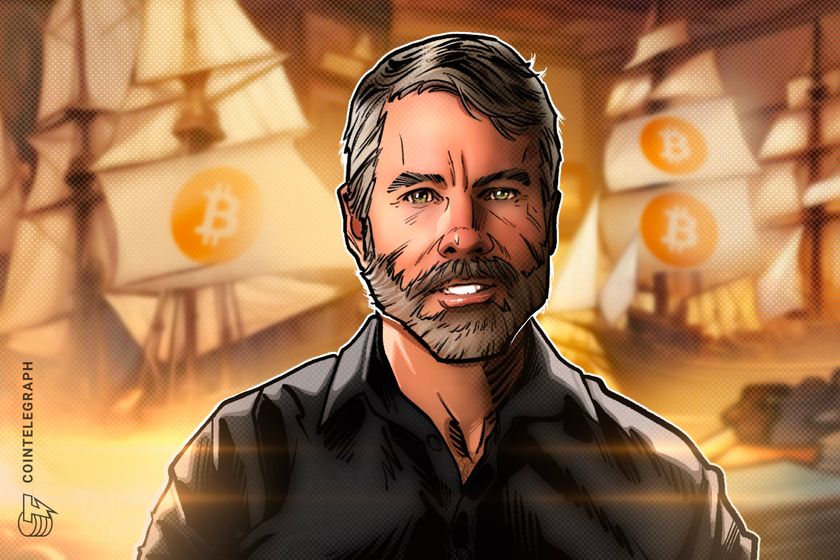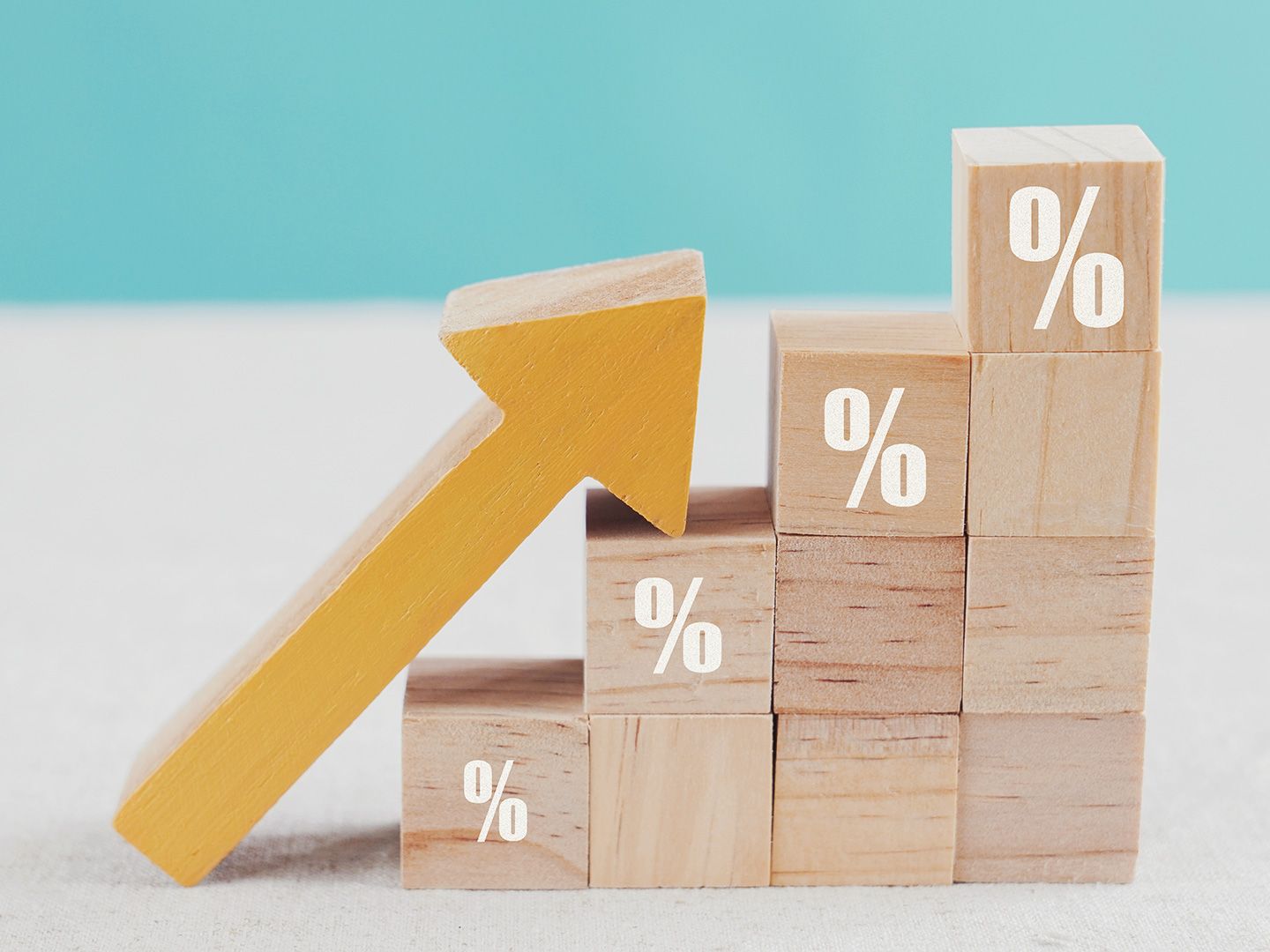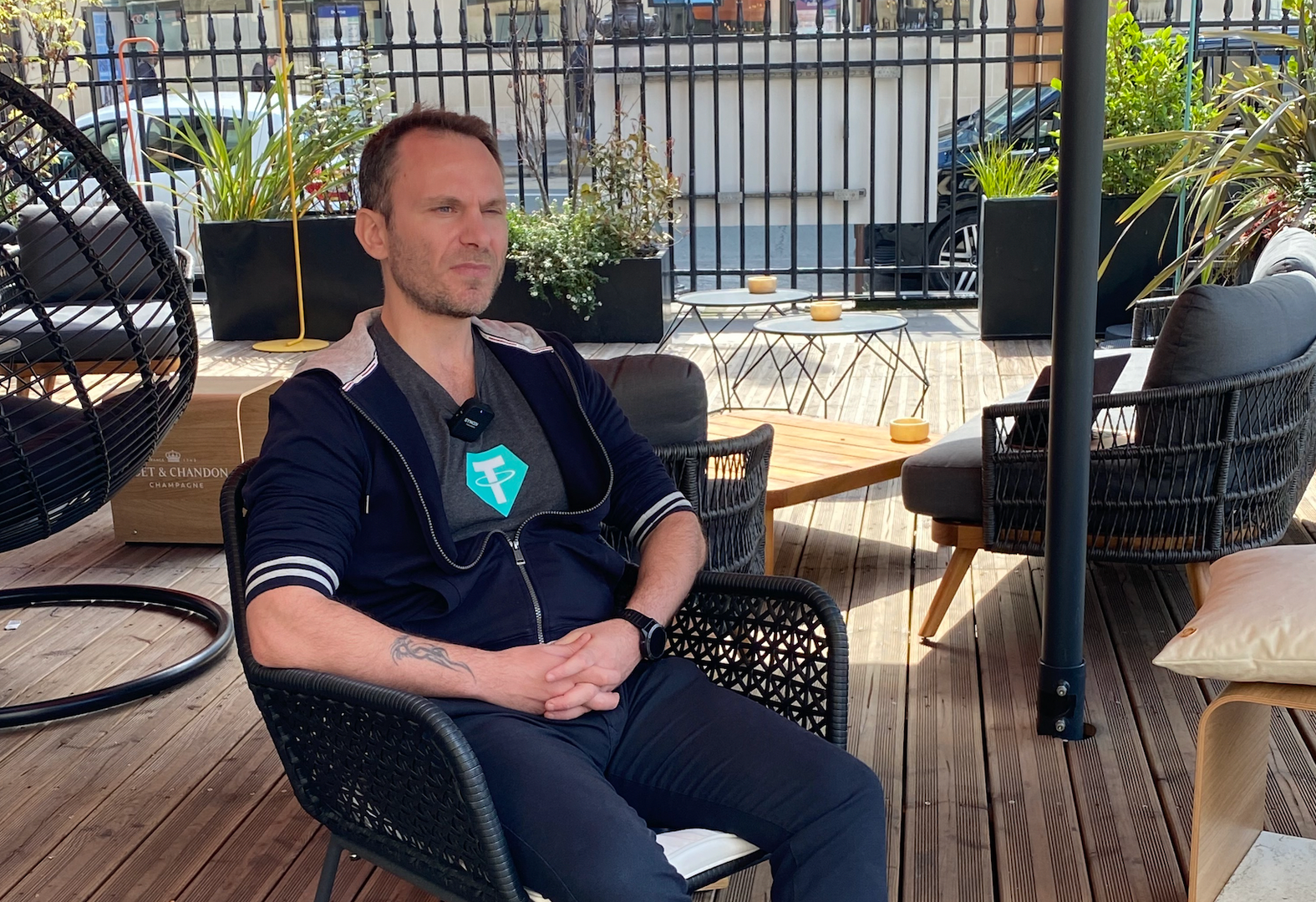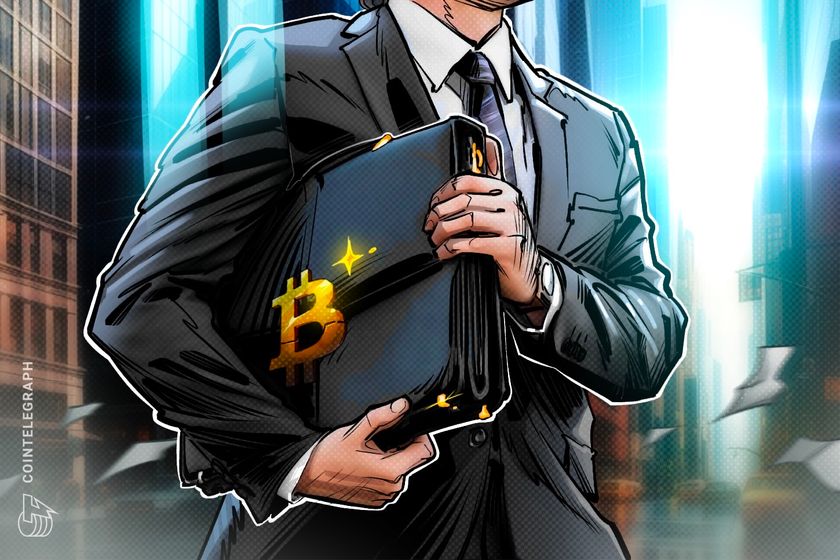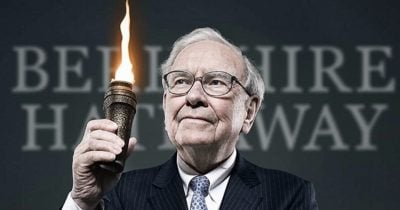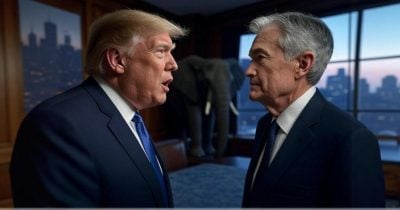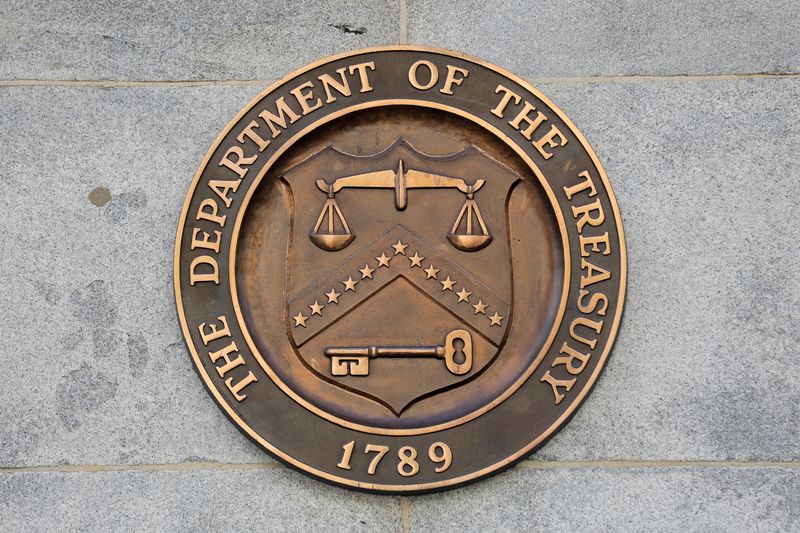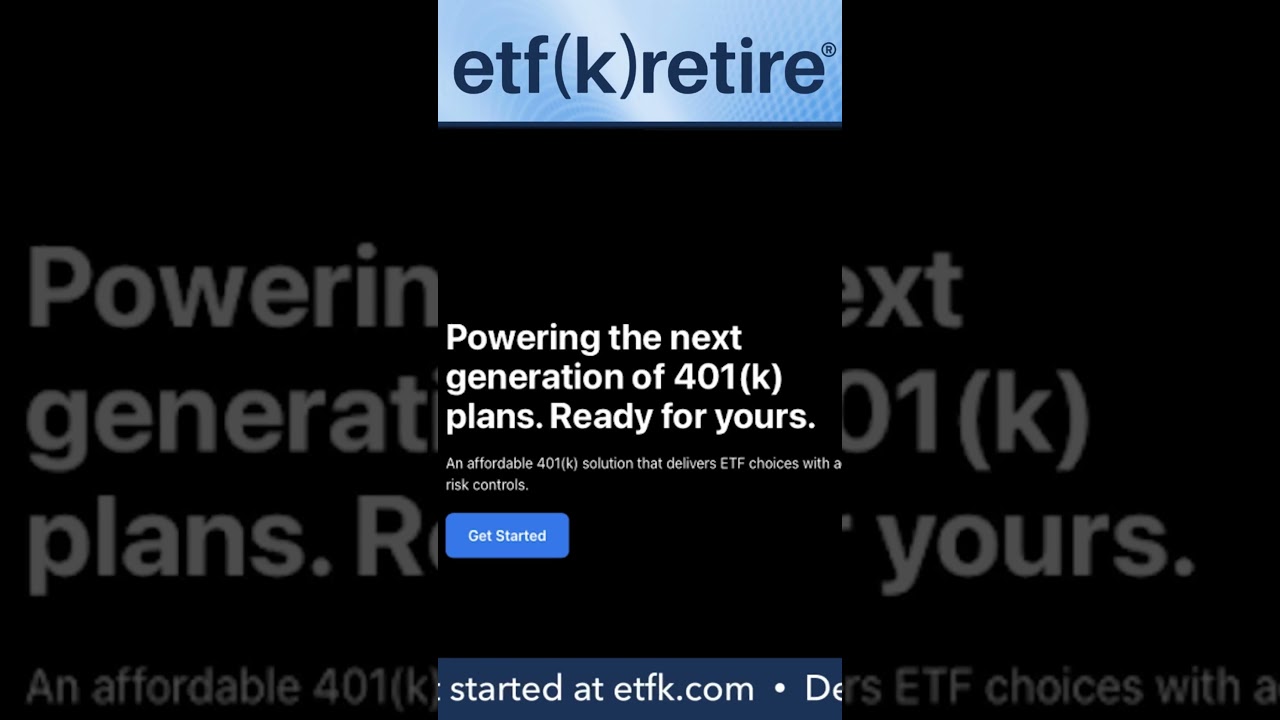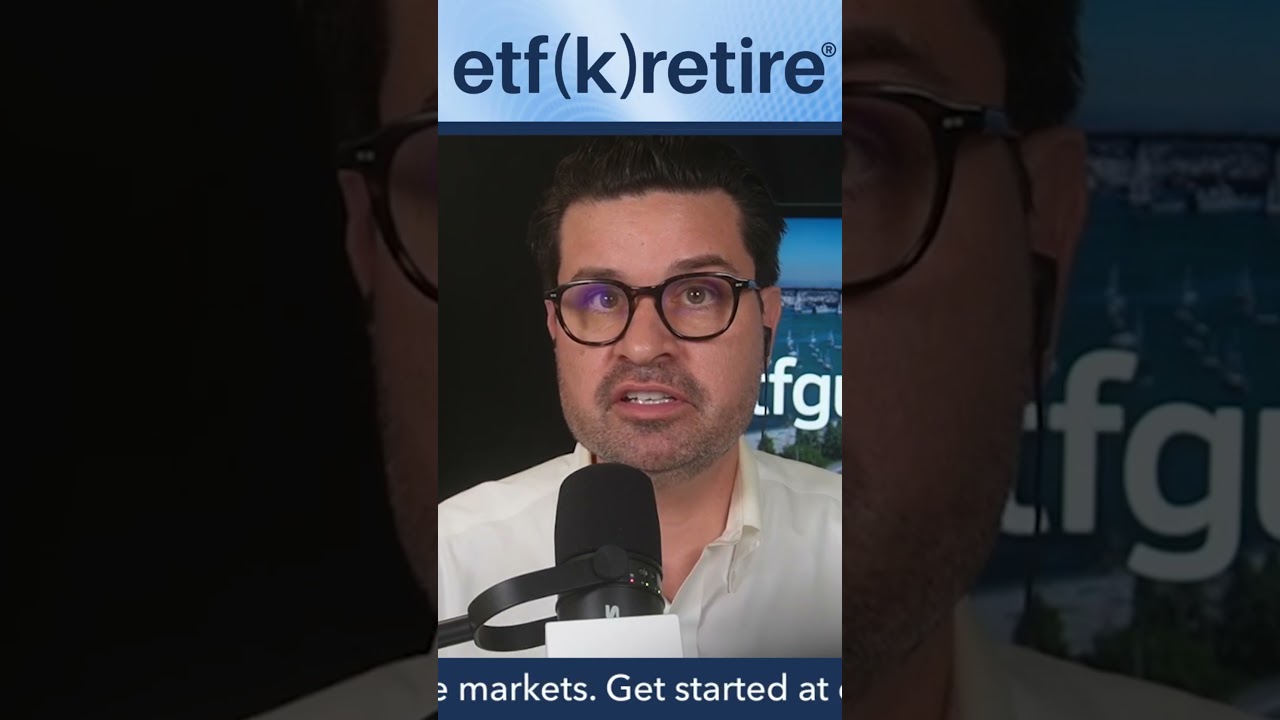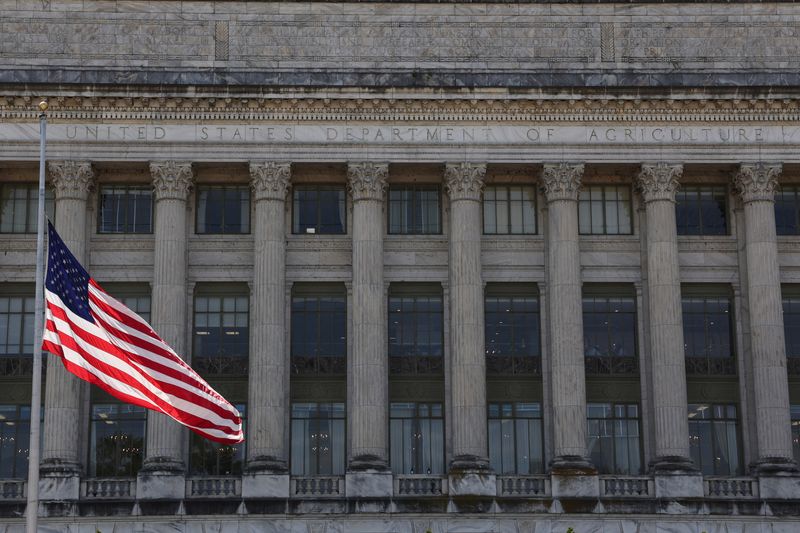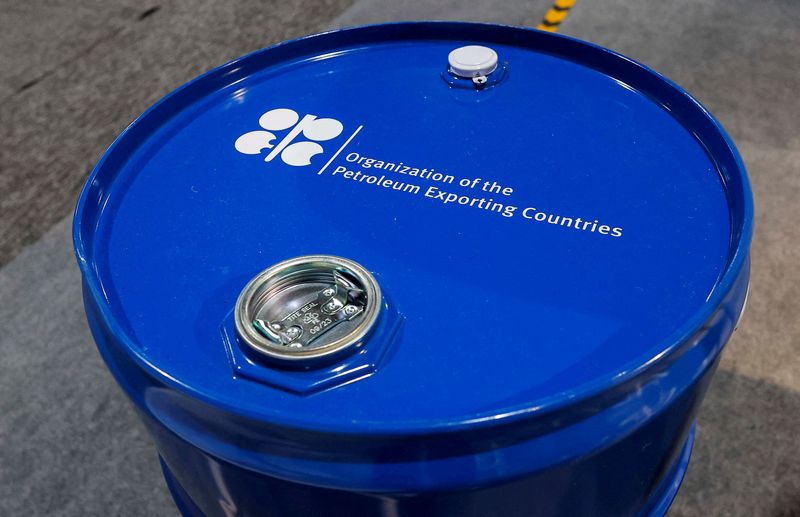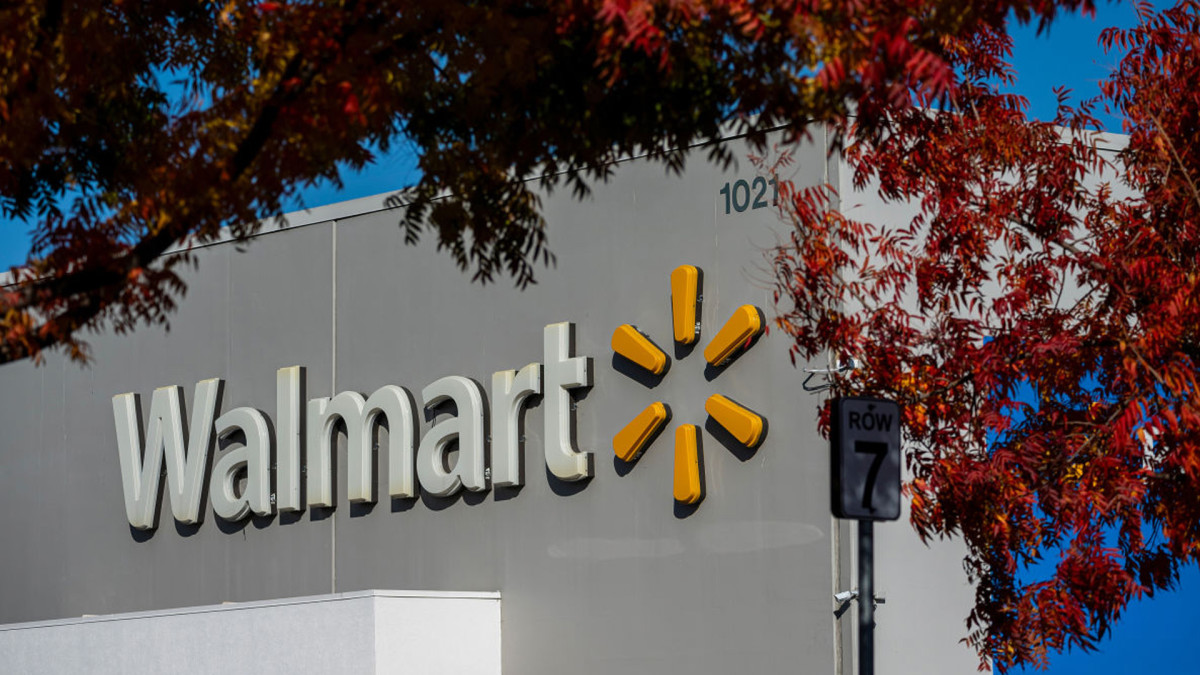Struggling sportswear brand makes bold retail store bet
The move from online to offline marks a major shift for this brand

It has all the markings of a modern success story.
A fitness brand that exploded online, fueled by YouTube workouts, influencer buzz, and a loyal Gen Z fanbase.
It nailed the direct-to-consumer playbook: community-first, influencer-fueled, algorithm-approved.
Related: Lululemon faces new threat from growing rival
But hype is hard to hold onto. And lately, the shine has started to fade. Growth has slowed, engagement has dipped, and the next era feels uncertain.
Now, the brand is making a move that feels both bold and slightly old-school: opening a permanent store in New York City.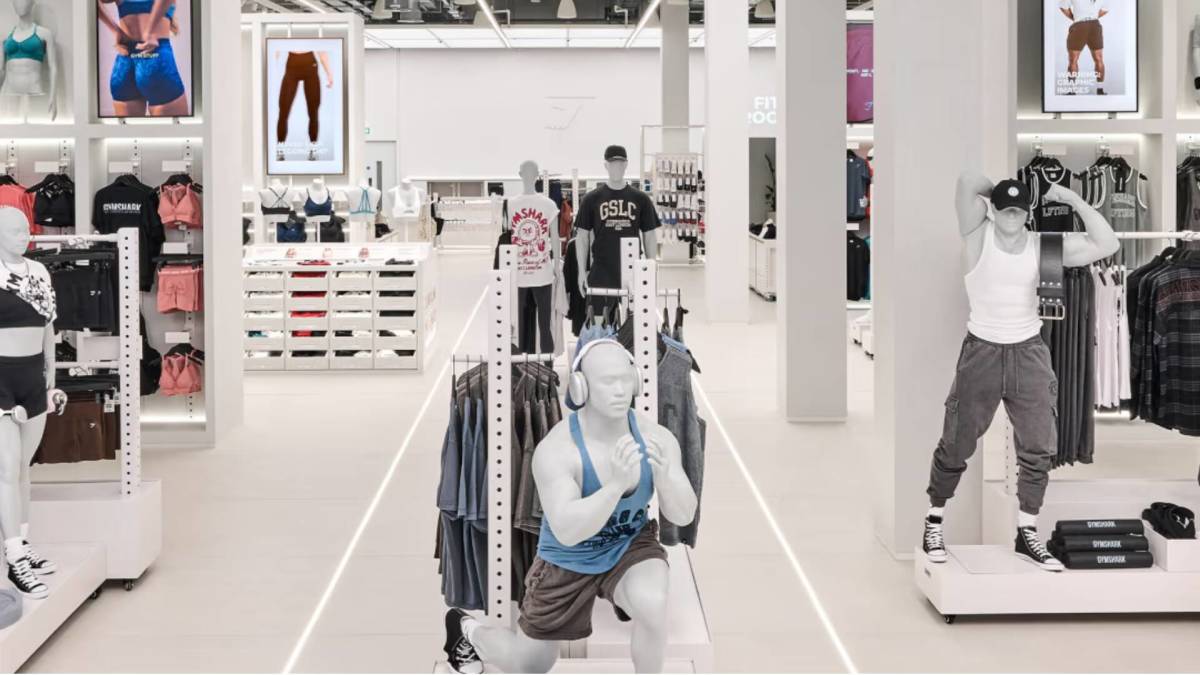
Why Gymshark's store is a strategic pivot
The brand is Gymshark, and this summer, it's launching a 13,000-square-foot flagship on Bond Street in New York.
The space won’t just sell product. It will host fitness classes, community events, and hangout areas — all designed to help the brand reconnect with the community it was built on.
According to founder and CEO Ben Francis, the store is part of a broader push to strengthen U.S. brand awareness and spark a new chapter of growth.
Related: Struggling sportswear retailer makes harsh cuts to stay afloat
The business case is clear: in FY24, Gymshark reported £607.3 million (roughly $695 million) in revenue, up 9% from the year prior. But pre-tax profit dropped for the third year in a row, falling to £11.8 million.
Meanwhile, about 40% of Gymshark’s total sales now come from the U.S., making this flagship launch a high-stakes bet on its most important international market.
Gymshark is betting big on brick-and-mortar
For Gymshark, the store isn’t just a location — it’s a statement.
The direct-to-consumer landscape is shifting. Online-first isn’t a novelty anymore, and digitally native brands are realizing they need more than just scrollable moments to stand out.
Like Glossier, Allbirds, and Warby Parker before it, Gymshark is embracing physical retail to stay relevant, deepen customer relationships, and build something that lasts.
If the brand can evolve with its audience and use the store to expand its identity, this could be more than a comeback.
It could be the reset moment that takes the brand from trending to timeless.
Related: Veteran fund manager unveils eye-popping S&P 500 forecast






